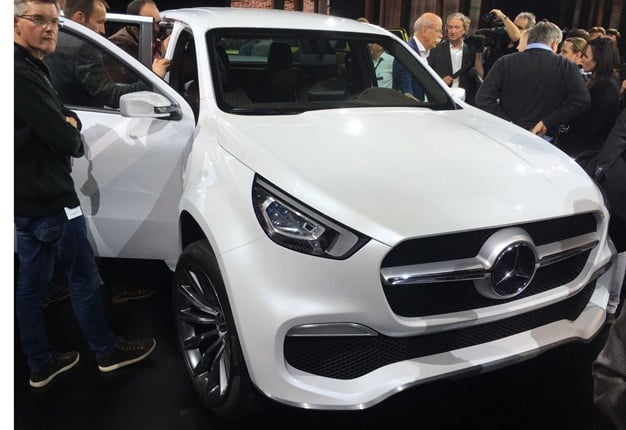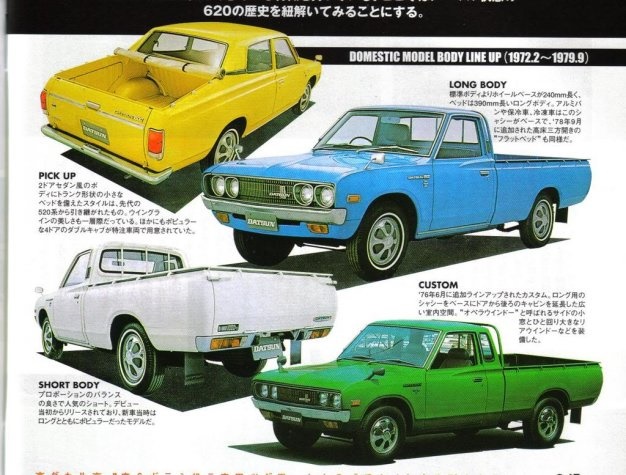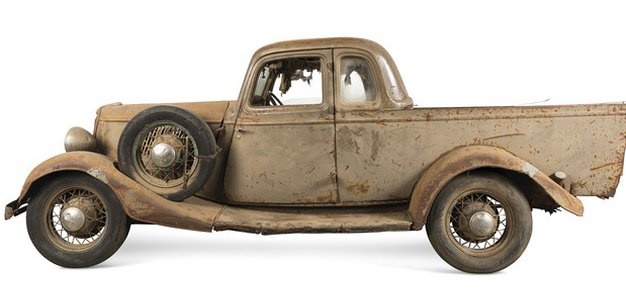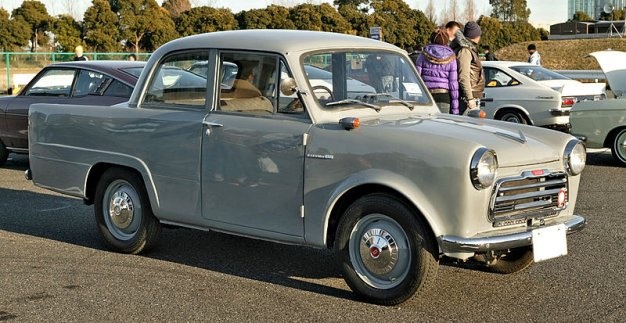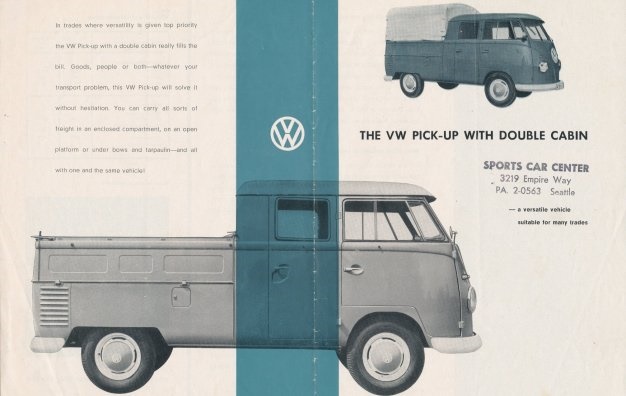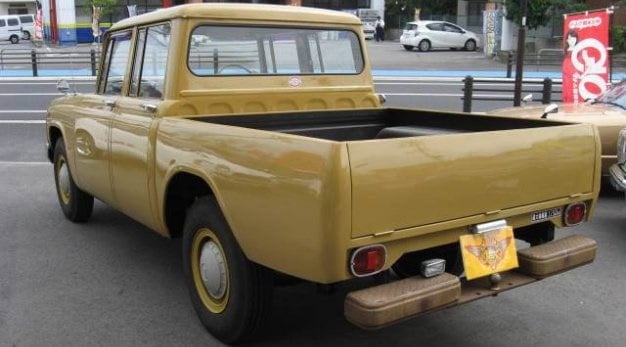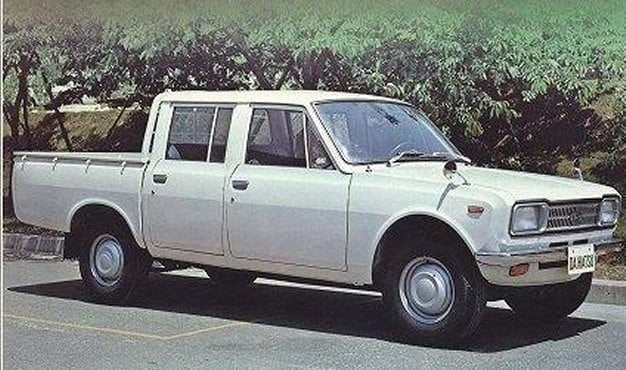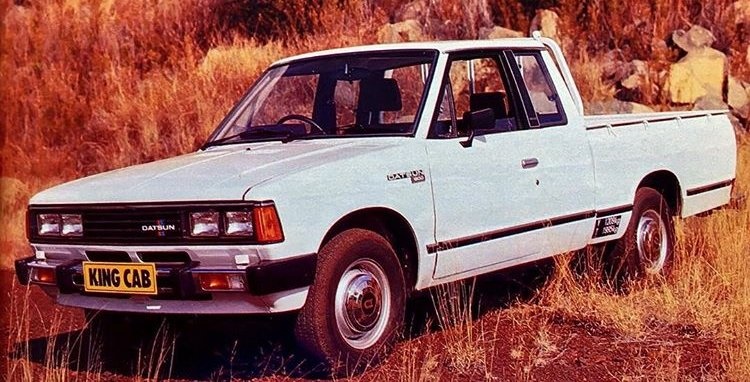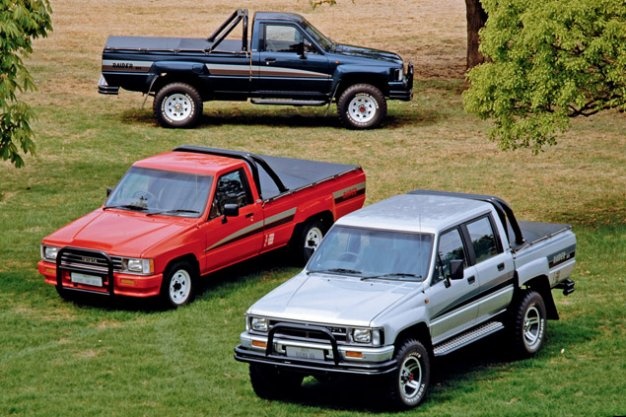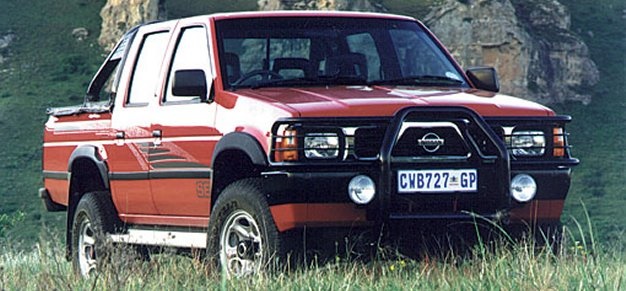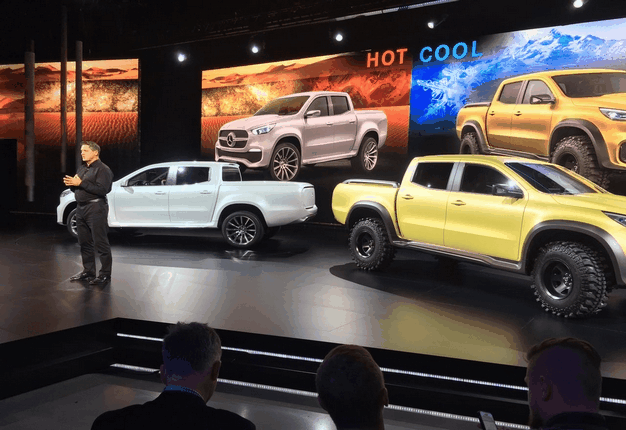
Cape Town - Toyota, Ford, Volkswagen, GM (including Isuzu), Nissan, Mitsubishi, Mazda, Fiat, Tata, Mahindra, SsangYong, Land Rover, GWM, Foton, JMC. They all have one, a bakkie that is.
Now Mercedes-Benz, Renault, Peugeot, Jeep… yes, even Hyundai (followed closely by Kia) all seem bent on getting one. And don’t be surprised if BMW, Audi and even Opel also join the fray. Not to mention the countless Chinese brands…
Yes, we’re talking double cabs; specifically the one-ton pickup derivatives. Or bakkies, as they are affectionately termed locally.
New Navara for SA
Recently Mercedes-Benz surprised (and seemingly also delighted) the world by announcing it will build the X-Class, based on the latest Nissan Navara.
2016 Mercedes-Benz X-Class concept. Image: Ferdi de Vos / Wheels24
And Nissan recently announced that the Navara will be produced in Rosslyn – in double cab and single cab format, but not the King Cab derivative. This is ironic, as it was the King Cab that started the local modern double cab trend in the ’seventies when Datsun introduced the 620 with a cabin stretched by 24cm.
1972 Datsun 620. Image: Nissan Japan
This model was followed in 1980 by the Datsun 720 (later Nissan) double cab, and in the ‘nineties Nissan introduced the Hi-Rider concept on the D21 – popularising the double cab concept in 4x2-form as well.
However, Datsun wasn’t the first to produce a bakkie-type double cab internationally...
C-utes and Utes…
So, what are the origins of the modern double cab pickup? Where did it all begin?
Well, somewhat unsurprisingly it originated in Australia over eighty years ago, and in the US in 1941, with a body style that nowadays would be termed as C-ute.
In essence the C-ute (coupé utility) was a variant of the well-body with a truck-like load-bed joined to a coupé type front body. It was normally based on a car platform and usually shared sheet metal and instruments panels from their passenger car antecedents. They were also more carlike in appearance and performance than pickups based on rugged H-frames. In the US they were also known as a coupé pickup or coupé express.
The story goes that the body style in its most primeval form was the result of a 1932 letter from a farmer’s wife in Gippsland, Victoria, to Ford Australia asking for “a vehicle to go to church in on a Sunday and which can carry our pigs to market on Mondays".
According to official documents Ford designer Lew Bandt in response developed a Ford V8 302 based on the client's request and this granddaddy of ‘em all, soon christened a coupe utility, was released in 1934.
1934 Ford V8 Coupe Utility. Image: Ford Australia
Chevrolet released its Coupe Pickup in the US 75 years ago, and other American manufacturers followed suit, while in 1946 Ford in Australia replaced the first C-ute with the Anglia A54A Coupé Utility, based on the venerable Prefect.
The C-ute and Ute concept spread to other parts of the world, and spawned some interesting derivatives. In Japan Datsun in 1957 produced the first version, the odd-looking U22, based on the 1200 car.
1957 Datsun Pickup 220. Image: Tennen-Gas / Wikipedia
Toyota followed in the early ‘sixties with two-door extended cab pickup versions of the Corona (called the Tiara here) and the Crown, while Datsun continued its two-door coupé utility line-up in the 320, 520 and 620 ranges, also introducing the 620 King Cab.
Crew cabs and double cabs
The crew cab concept may have originated in the United States, but in point of fact the first true crew cab was produced by German manufacturer Volkswagen when in 1952 it commissioned the three-door cab forward model in the VW T1 Transporter range.
1952 VW T1 Transporter. Image: Volkswagen
However, other sources credit the US manufacturer International Harvester with the introduction of the first crew cab in 1957. This model still had three doors; with a fourth door only added in 1961.
Thus, for all intents and purposes the 1960 Toyota Stout was the first conventional four-door double cab with a big load bay; in the format we know today.
It was the Stout that founded the Toyota legacy in South Africa, but the double cab derivative was never made available here.
1960 Toyota Stout. Image: Toyota
First double cab in SA
Therefore, contrary to popular belief, the first double cab bakkie sold (and assembled) in South Africa was not a Toyota…
However, it did come from a Japanese brand – actually the oldest Japanese vehicle company – but it wasn’t marketed as such.
When introduced in 1974 it was badged as the Leyland 1900 pick-up but in reality it was a Daihatsu F118 BW Hi-Line.
1974 Daihatsu Hi-Line double cab. Image: debopacer / PhotobucketWhy was it called a Leyland, then?
Well, at the time the Leyland Motor Corporation, also known as Leykor, did not have a competitor in the pick-up market. So the company did a deal with Daihatsu to assemble the single-cab F110 and F118 Double Cabin at its facility in Blackheath, Cape Town.
The Leyland Daihatsu 1900 was produced until 1984, when the model was discontinued, and soon after the Blackheath plant was closed.
In 1981 Datsun introduced the 720 King Cab in South Africa, while in 1984 Toyota released the N40 model Toyota Hilux double cab locally – which soon established itself as a market favourite.
1984 Toyota Hilux double cab. Image: Toyota
In 1986 manufacturers such as Mazda and Nissan followed with the B2000 and D21Hardbody double cabs respectively, while Ford introduced the Mazda-based Courier and Isuzu responded with its third generation KB.
1986 Nissan Hardbody. Image: Nissan SASince then the selection of double cab bakkie models available locally and their popularity in the market has grown steadily – as reflected by sales figures in the recent past.
Due to their increased refinement, higher levels of luxury and passenger space, as well as its cargo carrying versatility, four-door double cabs are now all the more in vogue.
With more high-profile competitors expected, their market share is set to increase even further…




 Publications
Publications
 Partners
Partners




